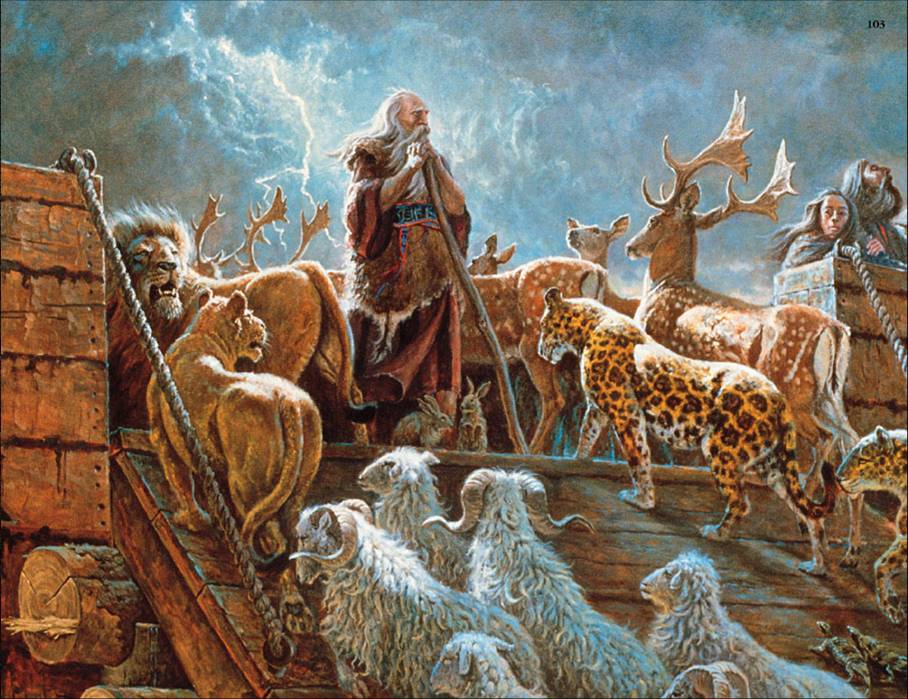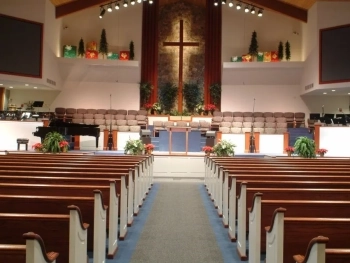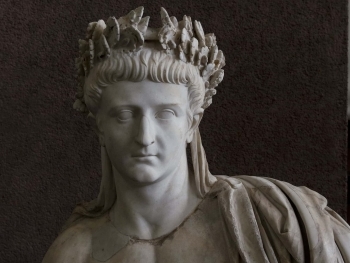The story of Noah and the ark is a timeless narrative that resonates across cultures and religions. Central to this biblical account is the divine warning that God extends to Noah, foretelling a great flood that would reshape the course of humanity. This story not only showcases divine justice but also reveals profound themes of obedience, faith, and the enduring covenant between God and humanity.
I. The Wickedness of Humanity: God's Grief
Before the divine warning to Noah, the narrative unfolds with a depiction of the widespread corruption and wickedness that had enveloped humanity. God, grieved by the state of His creation, decides to address this moral decay in a drastic yet purposeful manner.
II. Choosing Noah: Righteousness in an Unrighteous World
In the midst of the prevailing wickedness, Noah emerges as a righteous and blameless figure. God, seeing Noah's faithfulness, chooses him to be the vessel through which a remnant of humanity, along with representatives of every kind of animal, would be saved.
III. Divine Communication: God's Message to Build an Ark
The divine warning is communicated to Noah through direct revelation. God instructs Noah to build an ark, providing specific dimensions and details. This divine directive is accompanied by the foretelling of a catastrophic flood that would cleanse the earth of its corruption.
IV. Obedience and Devotion: Noah's Response
Noah's response to God's warning is characterized by unwavering obedience and devotion. Despite the enormity of the task and the societal ridicule he faced, Noah faithfully follows God's instructions, constructing the ark with meticulous care.
V. The Ark as Salvation: Symbolism and Purpose
The ark itself becomes a symbol of salvation and divine protection. It is not merely a vessel to weather the storm but a refuge designed by God to ensure the preservation of life. In this, the ark foreshadows the redemptive arc of the biblical narrative.
VI. The Flood: Divine Judgment and Renewal
The foretold flood arrives, bringing about a cataclysmic transformation of the world. The waters serve as an instrument of divine judgment, purging the earth of its corruption. Simultaneously, the ark becomes a haven, preserving life and marking the beginning of a renewed creation.
VII. The Covenant: God's Promise to Never Again Flood the Earth
After the waters recede and Noah and his family, along with the animals, disembark from the ark, God establishes a covenant with humanity. Symbolized by the rainbow, this covenant signifies God's promise to never again destroy the earth with a flood.
VIII. Lessons for Humanity: Obedience, Faith, and Divine Providence
The story of Noah and the ark imparts profound lessons for humanity. It underscores the importance of obedience to divine guidance, unwavering faith in the face of societal challenges, and trust in God's providence even when the path seems unclear.
IX. Contemporary Relevance: Environmental Stewardship
Beyond its theological significance, the narrative also holds contemporary relevance, prompting reflection on themes of environmental stewardship and the consequences of human actions on the natural world.
X. A Narrative of Redemption and Renewal
The divine warning to Noah encapsulates a narrative of redemption and renewal. It speaks to the enduring themes of God's justice, mercy, and the possibility of renewal even in the face of profound challenges. As the ark carried Noah and his family through the floodwaters, this ancient story continues to carry profound truths that resonate across generations, offering a message of hope, obedience, and the enduring faithfulness of God.




